LeRoy Neiman – Discover the American Expressionist Artist
LeRoy Neiman, a name that reverberates throughout the art world, stands as a testament to the vibrant and dynamic essence of contemporary art. With his unmistakable style, LeRoy Neiman’s paintings, artwork, and prints have captivated art enthusiasts and collectors alike for decades. However, beneath the splendor of his bold brushstrokes lies a captivating life story that shaped his artistic journey. In this article, we embark on an exploration of the prolific artist LeRoy Neiman, delving into the mesmerizing allure of his paintings, the diversity of his artwork, and the fascinating details of his compelling biography.
LeRoy Neiman’s Biography
| Date of Birth | 8 June 1921 |
| Date of Death | 20 June 2012 |
| Place of Birth | Saint Paul, Minnesota, United States |
| Nationality | American |
| Associated Art Movements | Expressionism, Impressionism, and Modern Art |
LeRoy Neiman, an American artist known for his vibrant and expressive works, has left an indelible mark on the world of art. Born on June 8, 1921, in St. Paul, Minnesota, Neiman’s childhood laid the groundwork for his later artistic pursuits. Growing up in a working-class family, he developed an early passion for drawing and sports, with the latter inspiring many of his later masterpieces. This section of LeRoy Neiman’s biography delves into the formative years of Neiman’s life and the influences that shaped his artistic vision.
His Childhood
LeRoy Neiman’s childhood was a blend of creativity and athleticism. From a young age, he displayed an innate talent for drawing, spending hours sketching his surroundings and the people he encountered. His family’s limited resources only fueled his determination, leading him to create art with whatever materials he could find.
It was during these early years that Neiman’s love for sports also blossomed, setting the stage for a lifelong artistic exploration of athletes and sporting events.
His Influences
Neiman’s artistic influences were diverse and multifaceted. He was greatly inspired by the works of expressionists, such as Pablo Picasso (1881 – 1973) and Henri Matisse (1869 – 1954), whose bold use of color and unconventional techniques resonated with him. Additionally, Neiman found inspiration in the energetic brushwork of abstract expressionists like Jackson Pollock (1912 – 1956), which would influence his own distinct style in the future. He also admired the works of Diego Rivera (1886 – 1957), whose murals and portrayal of social issues left a lasting impact on Neiman’s artistic sensibilities.
Training and Early Artworks
After attending the School of the Art Institute of Chicago and later studying at the University of Chicago, Neiman honed his skills as an artist. He experimented with various mediums, including painting, drawing, and printmaking, which allowed him to develop a unique and recognizable style. In the 1950s and 1960s, he gained recognition for his illustrations in prestigious publications such as Playboy magazine, solidifying his position in the art world and providing a platform for his early artworks to gain exposure.
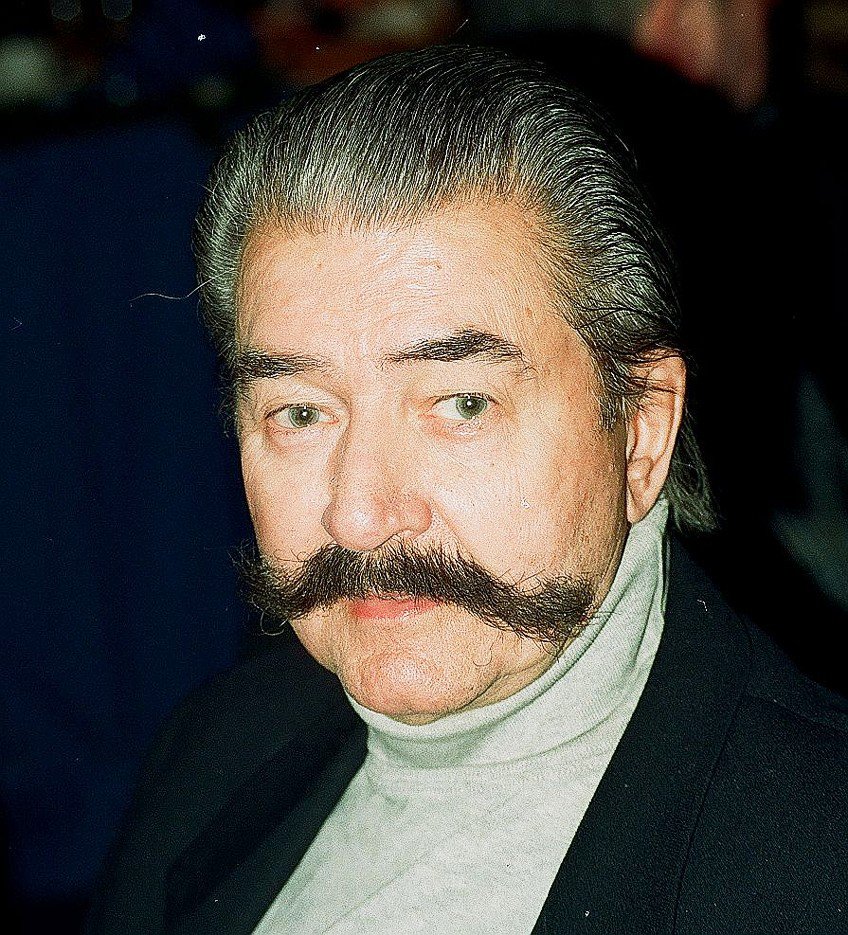
Major Career Achievements
LeRoy Neiman’s career reached new heights in the 1970s when he became the official artist for the Olympic Games. This opportunity allowed him to travel extensively, capturing the essence of various international sporting events through his dynamic and vivacious LeRoy Neiman paintings. His iconic depictions of athletes and sports competitions garnered him widespread acclaim and solidified his status as a cultural icon.
His Influence on Expressionism and Art History in General
Neiman’s impact on Expressionism and art history lies in his distinctive style, which seamlessly merged elements of realism and abstraction. His bold and vivid use of color, along with his spontaneous brushwork, evoked a sense of movement and energy in his artworks, making them instantly recognizable.
Moreover, Neiman’s ability to transcend traditional artistic boundaries and bring sports and athleticism into the realm of fine art opened new avenues for future artists to explore unconventional subjects.
The Artistic Vibrancy of LeRoy Neiman Within the American Socio-Political Landscape
LeRoy Neiman’s art, characterized by its exuberant colors, dynamic brushwork, and celebration of sports and leisure, found its place within a specific socio-political context in the United States. Born in 1921, Neiman’s prolific career spanned several decades, offering a unique perspective on the changing dynamics of American society. This article explores how Neiman’s vibrant artworks mirrored and were influenced by the socio-political climate of the time, from the post-World War II era to the vibrant 1970s and beyond.
The Post-War Era: A Nation Rebuilding and Embracing Leisure
The aftermath of World War II marked a period of recovery and optimism in America. As the nation sought to rebuild and redefine itself, the pursuit of leisure and entertainment became a prominent aspect of American culture. LeRoy Neiman’s artwork, with its joyful depictions of sports events, iconic celebrities, and luxurious lifestyles, tapped into this newfound exuberance. His paintings reflected the American people’s desire to embrace leisure activities as a means of healing and rekindling a sense of unity in a transformed society.
The Civil Rights Movement: Art as a Reflection of Struggle and Progress
During the 1950s and 1960s, the Civil Rights Movement challenged the nation’s social fabric, demanding justice and equality for African Americans. Within this charged socio-political climate, LeRoy Neiman’s art assumed a new dimension. While his works often showcased glitz and glamor, they also captured moments of racial integration in sports and entertainment.
Neiman’s ability to portray diverse athletes and celebrities on equal footing subtly contributed to the ongoing dialogue on racial equality, reflecting a society undergoing significant change.
The Counterculture and the 1970s: A Celebration of Nonconformity
The 1970s witnessed a shift in American values, with the rise of the counterculture challenging traditional norms. This period saw the emergence of expressive and avant-garde art movements, including abstract expressionism. Neiman’s influence on expressionism and his incorporation of bold brushstrokes and vivid colors aligned with the spirit of the era. His art became a visual representation of the changing times, capturing the essence of nonconformity and individualism that defined the 1970s.
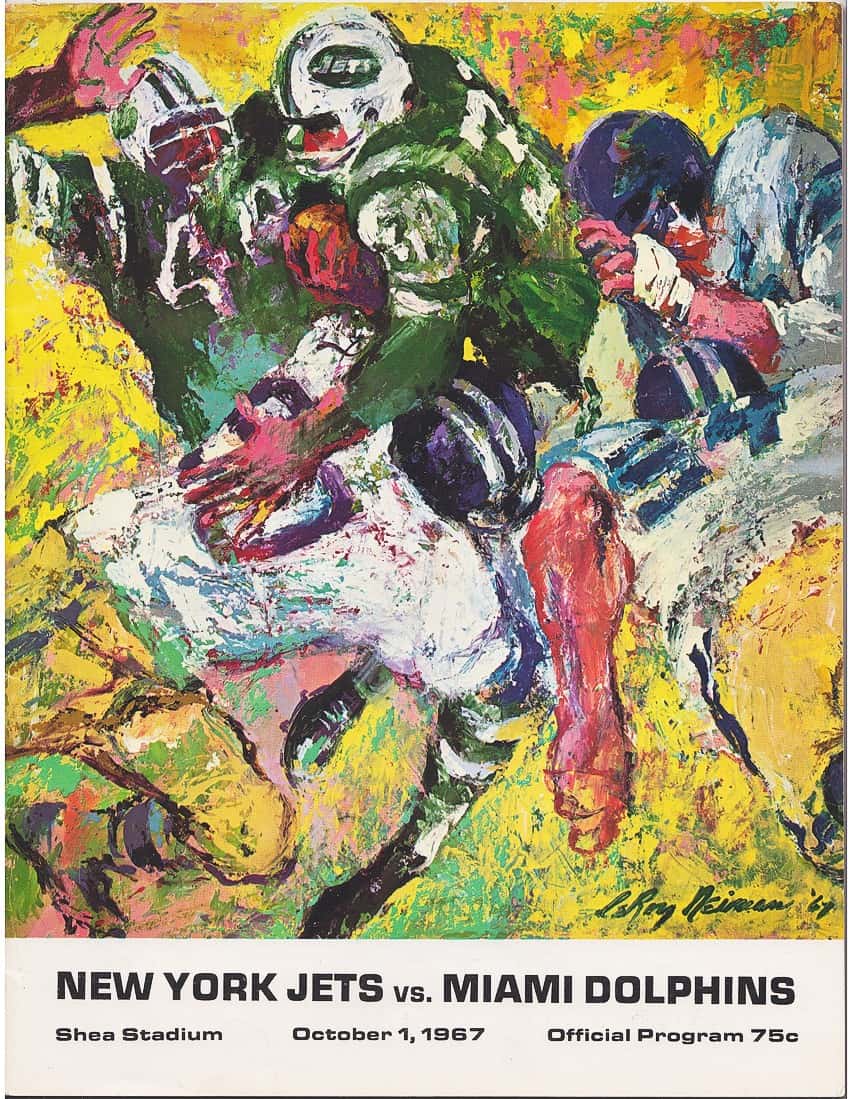
Olympic Games and National Pride: A Visual Tribute to American Excellence
LeRoy Neiman’s appointment as the official artist for multiple Olympic Games allowed him to portray American athletes competing on the world stage. His paintings of Olympians exuded national pride and celebrated American excellence in sports. During times of international competition and Cold War tensions, Neiman’s art conveyed a sense of unity and patriotic fervor, instilling pride in the nation’s achievements beyond the realm of politics.
LeRoy Neiman’s Artwork
LeRoy Neiman’s art is distinguished by its striking technical characteristics that make his work instantly recognizable. One of the defining features of his paintings is the bold and vibrant use of color. Neiman’s palette is a riot of rich hues, applied with a dynamic and spontaneous brushwork that infuses his subjects with energy and movement.
His depictions of athletes, celebrities, and scenes of leisure exude a sense of life and vivacity, drawing the viewer into the action. Furthermore, Neiman’s mastery of composition is evident as he skillfully arranges his subjects within the frame, creating a sense of balance and harmony amidst the exuberant chaos.
Moreover, he often employed mixed media techniques, combining traditional painting with elements of printmaking and drawing to add depth and texture to his artworks. The result is an extraordinary body of work that captures the essence of life and celebrates the beauty and excitement of human experiences in a distinct and unmistakable style.
A LeRoy Neiman Print: Visual Analysis of Bistro Garden (1997)
| Title | Bistro Garden |
| Date | 1997 |
| Medium | Color serigraph |
| Dimensions (cm) | 76.2 x 106.7 |
| Art Movement | Impressionism |
| Location | N/A |
Bistro Garden is a vibrant and lively artwork that epitomizes Leroy Neiman’s signature style. The painting is filled with an explosion of colors, from the lush green foliage in the background to the vivid reds, blues, greens, and yellows of the characters’ clothing.
Neiman’s spontaneous and energetic mark-making is evident in the loose and bold strokes that define the figures and the surrounding environment.
The composition is dynamic, drawing the viewer’s eye to the central figures seated around the table, engaged in animated conversation. The bustling atmosphere of the bistro is further emphasized by the presence of other diners and waitstaff in the background, creating a sense of liveliness and motion.
Conceptual Analysis of Bistro Garden (1997)
Bistro Garden captures a quintessential moment of leisure and camaraderie, reflecting Neiman’s fascination with the joy of shared experiences and the human spirit. The painting portrays a group of people enjoying a convivial gathering at a charming bistro, encapsulating the essence of social interaction and celebration. The relaxed and joyful ambiance emanating from the scene celebrates the pleasure of dining, conversation, and connection.
Neiman’s artwork often focused on depicting moments of cultural and social significance, and in Bistro Garden, he immortalizes the simple yet profound pleasure of human companionship and community. The vibrant colors and dynamic mark-making further reinforce the exuberance and vibrancy of the moment, creating a sense of life and movement that resonates with the viewer.
In Bistro Garden, Leroy Neiman’s technical brilliance and his ability to capture the essence of human experiences converge to create a visually captivating and emotionally engaging artwork. The print’s celebration of leisure, camaraderie, and the joy of human connection transcends time and place, inviting the viewer to partake in the shared delight of the bistro gathering. Bistro Garden is a testament to Neiman’s enduring legacy as an artist who infused his paintings with exuberance, energy, and an unyielding appreciation for the simple yet profound pleasures of life.
A LeRoy Neiman Print: Visual Analysis of Muhammad Ali: The Athlete of the Century (2001)
| Title | Muhammad Ali: The Athlete of the Century |
| Date | 2001 |
| Medium | Color serigraph |
| Dimensions (cm) | 124.46 x 86.36 |
| Art Movement | Expressionism |
| Location | N/A |
Muhammad Ali: The Athlete of the Century is a striking and monumental artwork that pays tribute to the legendary boxer and cultural icon, Muhammad Ali. Rendered in Leroy Neiman’s signature style, the color serigraph exudes a sense of dynamism and power. Ali’s larger-than-life figure dominates the composition, depicted in a moment of intense action within the boxing ring.
Neiman’s vibrant and bold use of color, particularly the rich blues and reds, adds to the sense of energy and movement in the piece.
The strong contrasts and swift brushstrokes create a palpable sense of motion, capturing the intensity and agility of Ali’s boxing prowess. The artist’s attention to detail is evident in the precision with which he portrays the muscular anatomy of Ali’s body and the tension in his face, adding a sense of realism to the larger-than-life depiction.
Conceptual Analysis of Muhammad Ali: The Athlete of the Century (2001)
Muhammad Ali: The Athlete of the Century is a powerful and symbolic portrayal of one of the most influential athletes in history. Leroy Neiman’s print pays homage to the cultural significance of Muhammad Ali beyond his achievements in the boxing ring.
The choice of title, The Athlete of the Century, speaks to Ali’s profound impact on the world of sports and beyond. Neiman captures not only Ali’s athletic prowess but also his charisma, confidence, and unyielding determination. The painting immortalizes Ali’s larger-than-life persona, which transcended sports and made him a symbol of social change, civil rights, and individual empowerment.
Neiman’s artistic style, characterized by its vibrancy and energy, complements the essence of Ali’s personality and legacy. The energy and motion conveyed in the artwork reflect the relentless spirit and resilience of the boxer, who was known for his ability to “float like a butterfly, sting like a bee.” Moreover, the larger-than-life portrayal of Ali symbolizes his status as an enduring cultural icon, an inspiration to generations, and a figure whose influence extends far beyond the realm of sports.
In Muhammad Ali: The Athlete of the Century, Leroy Neiman masterfully captures the essence of a man who not only redefined the sport of boxing but also left an indelible mark on society. Through his vivid and animated mark-making, Neiman immortalizes the spirit of Muhammad Ali, showcasing the essence of the man behind the gloves and providing a visual testament to his lasting impact on sports, civil rights, and the human spirit. The print stands as a celebration of greatness, resilience, and the power of an individual to transcend the boundaries of their chosen field and become a symbol of hope and inspiration for the world.
In conclusion, the artistic legacy of Leroy Neiman continues to shine brightly, captivating audiences with the sheer brilliance of his paintings, artwork, and prints. With a passionate style characterized by bold brushwork, vibrant colors, and an unparalleled ability to capture the essence of human experiences, Neiman’s artworks have become iconic representations of sports, relaxation, and cultural moments. Beyond his artistry, LeRoy Neiman’s biography stands as a testament to the transformative power of passion and determination in the face of adversity. His journey from a humble upbringing to becoming one of the most celebrated artists of his time showcases the boundless possibilities of artistic expression and its enduring impact on the world. Through his unparalleled talent and dedication, Leroy Neiman has left an unforgettable mark on art history, inspiring epochs of artists to appreciate the beauty of life through his unparalleled masterpieces.
Frequently Asked Questions
What Inspired LeRoy Neiman?
LeRoy Neiman drew inspiration from a multitude of sources that shaped his artistic vision. His childhood love for drawing and sports laid the foundation for his later artistic pursuits, with sports becoming a recurring theme throughout his career. Additionally, Neiman was influenced by renowned artists such as Pablo Picasso (1881 – 1973), Henri Matisse (1869 – 1954), and Diego Rivera (1886 – 1957), whose bold use of color and unique techniques left a lasting impact on his own artistic style. His extensive travels and experiences as the official artist for the Olympic Games allowed him to capture the energy and spirit of various international sporting events, further fueling his passion for portraying athletes and the dynamics of competition.
Are There Any LeRoy Neiman Prints Available?
In addition to his original paintings, Neiman was also known for creating a significant body of work in the form of limited-edition prints. These prints allowed his artwork to reach a wider audience and become more accessible to art enthusiasts and collectors. Neiman’s prints captured the same dynamic and energetic style that characterized his paintings, and they often depicted sports events, iconic celebrities, leisure activities, and other subjects that were prevalent in his artistic repertoire. His prints were highly sought after and contributed to his widespread popularity and recognition as an artist.
Nicolene Burger is a South African multi-media artist, working primarily in oil paint and performance art. She received her BA (Visual Arts) from Stellenbosch University in 2017. In 2018, Burger showed in Masan, South Korea as part of the Rhizome Artist Residency. She was selected to take part in the 2019 ICA Live Art Workshop, receiving training from art experts all around the world. In 2019 Burger opened her first solo exhibition of paintings titled, Painted Mantras, at GUS Gallery and facilitated a group collaboration project titled, Take Flight, selected to be part of Infecting the City Live Art Festival. At the moment, Nicolene is completing a practice-based master’s degree in Theatre and Performance at the University of Cape Town.
In 2020, Nicolene created a series of ZOOM performances with Lumkile Mzayiya called, Evoked?. These performances led her to create exclusive performances from her home in 2021 to accommodate the mid-pandemic audience. She also started focusing more on the sustainability of creative practices in the last 3 years and now offers creative coaching sessions to artists of all kinds. By sharing what she has learned from a 10-year practice, Burger hopes to relay more directly the sense of vulnerability with which she makes art and the core belief to her practice: Art is an immensely important and powerful bridge of communication that can offer understanding, healing and connection.
Nicolene writes our blog posts on art history with an emphasis on renowned artists and contemporary art. She also writes in the field of art industry. Her extensive artistic background and her studies in Fine and Studio Arts contribute to her expertise in the field.
Learn more about Nicolene Burger and the Art in Context Team.
Cite this Article
Nicolene, Burger, “LeRoy Neiman – Discover the American Expressionist Artist.” Art in Context. September 20, 2023. URL: https://artincontext.org/leroy-neiman/
Burger, N. (2023, 20 September). LeRoy Neiman – Discover the American Expressionist Artist. Art in Context. https://artincontext.org/leroy-neiman/
Burger, Nicolene. “LeRoy Neiman – Discover the American Expressionist Artist.” Art in Context, September 20, 2023. https://artincontext.org/leroy-neiman/.


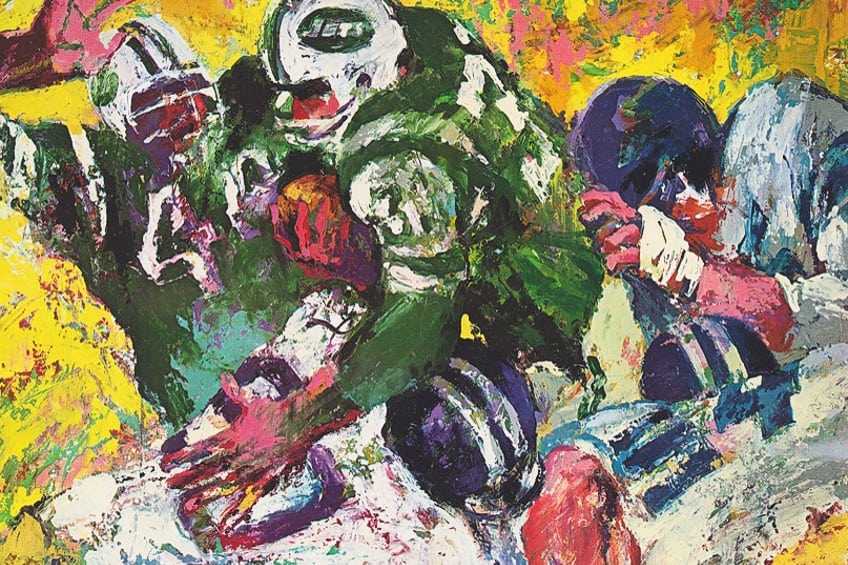


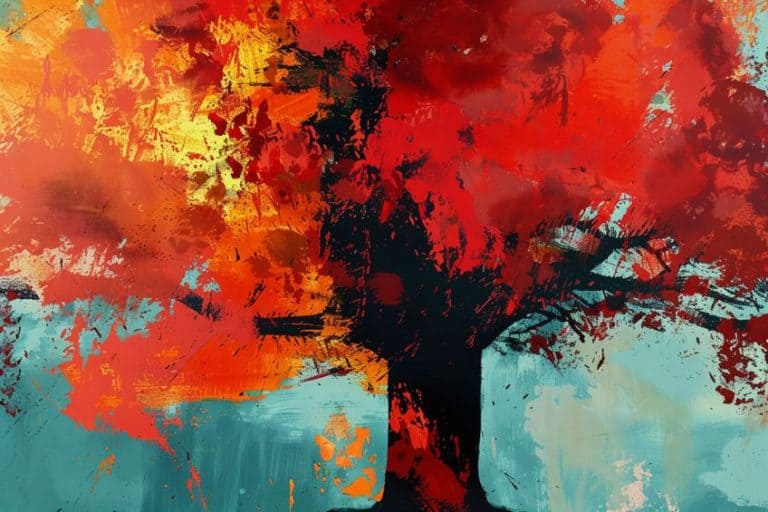

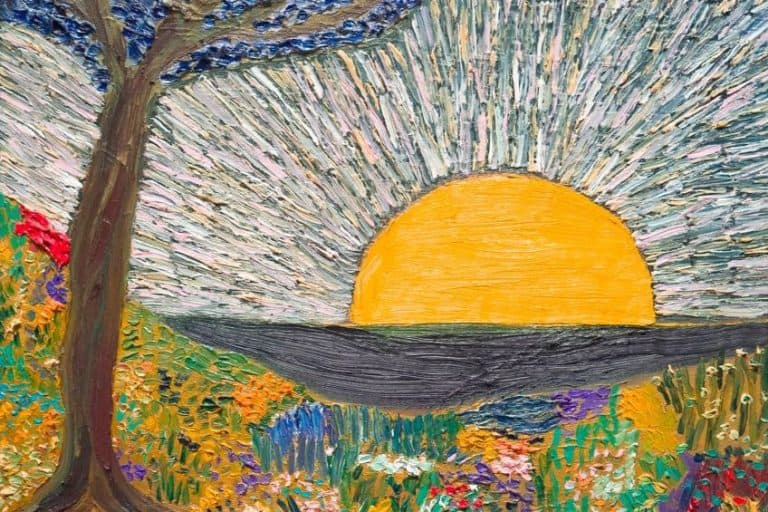
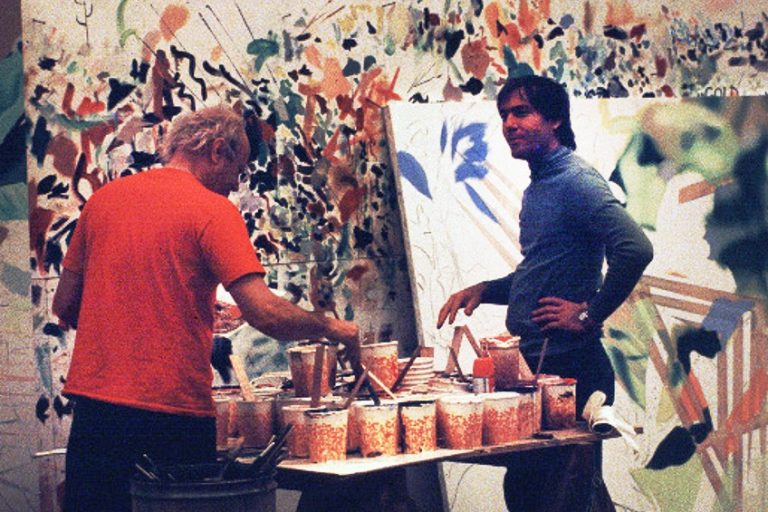



Great tips in this guide! Finding experienced commercial painters in Auckland with solid reviews and a strong portfolio really makes a difference. Definitely agree that getting a “free estimate” and written contract ensures transparency and peace of mind.